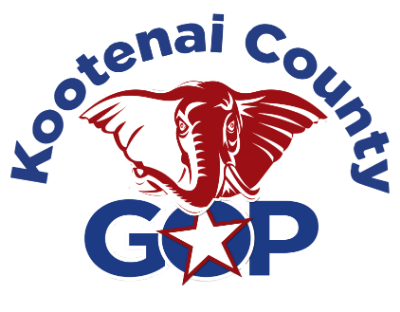Urban Renewal District – A City Council’s Evil Twin
Urban Renewal Districts are beloved by planners, bureaucrats, and developers as a way to secure “free money” for massive projects that the taxpayer may otherwise never agree to pay for.
The process is simple. Define an area as “blighted” or in need of development and convince the municipality’s governing board to create an Urban Renewal District or URD. Once formed, the annual property tax revenue to the municipality from the URD remains fixed but the amount of tax collected from the URD increases due to growth, improvements, and inflation. The difference between the current tax and the tax when the URD was formed goes directly to the URD. This is “Tax Increment Financing” and URD proponents argue that tax increment financing does not mean property owners will incur an additional tax. This is a lie.
URDs cause tax rates to increase not only in the parts of the municipality outside the URD but also in the county the municipality resides. The reason is simple, although not immediately obvious, and is further shrouded by proponent’s talk of “free money” and “paying for itself.”
To understand why URDs raise everyone’s taxes, imagine a bathtub. That bathtub collects all the property tax that all the county residents pay. There is a mark on the side of the tub just below the rim and that mark shows how full the tub must be to satisfy all the taxing agencies. The Assessor tells us how much each of us must pour into the tub to pay our share. Every year we bring our offering to the property tax tub and every year the mark gets a little higher due to rising budgets.
Now imagine there is a bucket in the tub with the letters URD on the side and when the tub is nearly filled to the mark, the URD agent comes along and removes the now full bucket and carries it off. What happens to the level in the tub? It goes down. So what must all the taxpayers now do? Pour MORE into the tub to make up the loss.
The bucket of money is now in the hands of an unelected (appointed) board to do with mostly as they please and what typically pleases them is to use taxpayer dollars to accelerate commercial growth. What could possibly go wrong?
In 2005 the Hayden City Council adopted the Hayden Urban Renewal Capital Development Plan (HURD) “to combat problems of physical deterioration and economic underdevelopment.” Sounds great, right? So here is the big question, who pays for the services needed by the new development?
The answer is everybody BUT those inside the HURD.
What goes on inside the 720 acre (2 square mile) HURD? All kinds of good stuff they assure us. Public art, new parks, rejuvenated Government Way, parking lots for local businesses and new “North Idaho Character” retail stores like Walmart. Since the Hayden Walmart was built inside the HURD, the city of Hayden receives about $1,300 a year in property tax, which was the tax being paid when the land was bare. But Walmart pays about $90,000 a year in property taxes so all but $1,300 goes directly into the account of the HURD.
The city is receiving the funding to service a bare plot of land but in practice 26% of thecity’s public safety calls are for Walmart.
Let that sink in. One quarter of the sheriff and fire department calls for the entire city of Hayden are a result of this one business that the city only receives $1,300 a year in taxes to pay for it.
It should come as no surprise that Hayden is suffering under the crime, traffic and nuisance created as a result of this insufficient funding. The problem is so acute that the Hayden City Council put a base budget increase on this last election’s ballot. Idaho law prohibits budgets to increase more that 3% over growth without the taxing district going to the voters for approval. The amount of the requested increase to pay for law enforcement was $543,843, a 29.5% increase. This measure passed this Tuesday.
How much does the HURD siphon off of the paid property taxes? In 2016 it was about $530,000. What a coincidence. The missing funding needed for law enforcement is roughly equal to the funding being siphoned off by the URD for public art, among other things.
URD boards operate very much like city councils but with one big difference, URDs have no direct accountability to the taxpayer. Taxation without representation is the evil twin to representative government and the democratic process on which our Republican form of government depends.
Any reasonable project that can be done using a URD could be done with voter approval and a bond. We need to restore accountability to development.
It’s just common sense.
By Brent Regan

